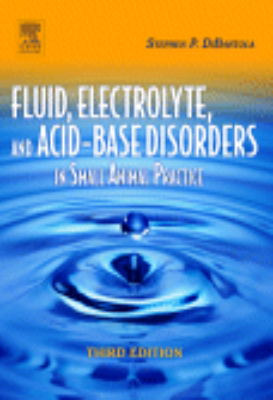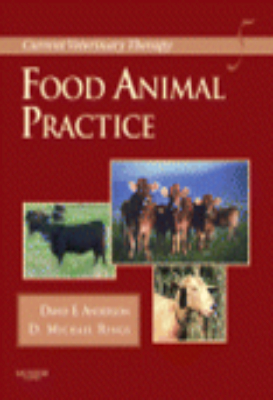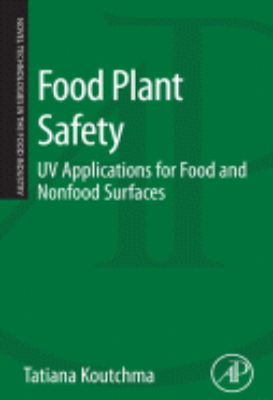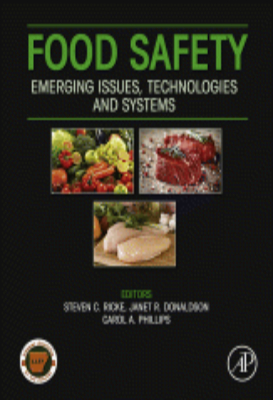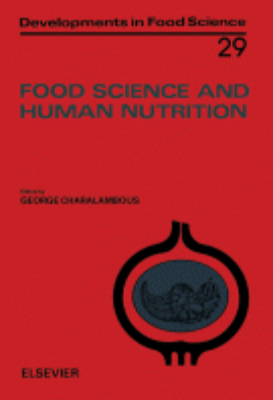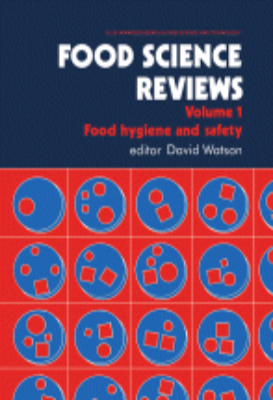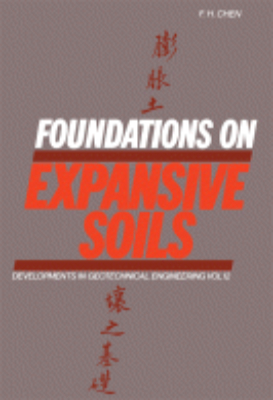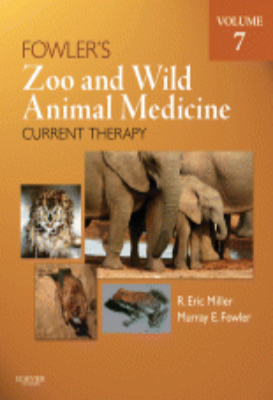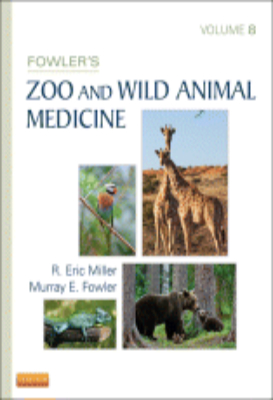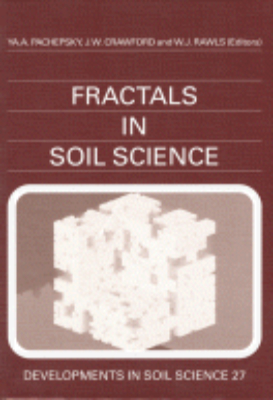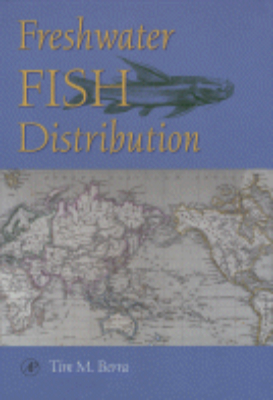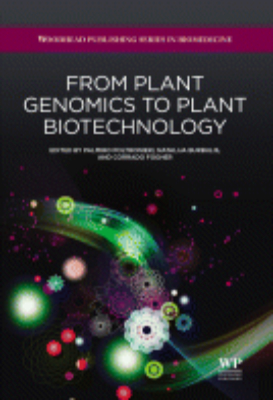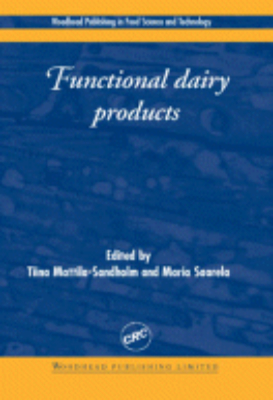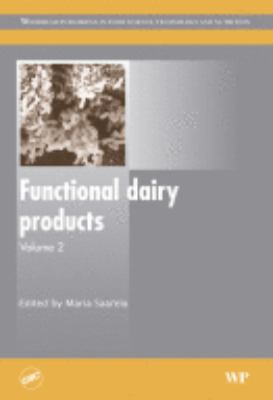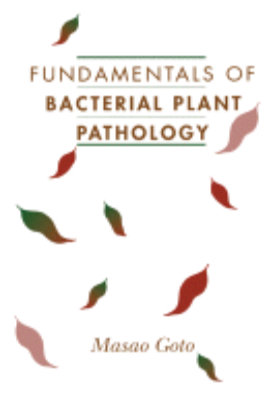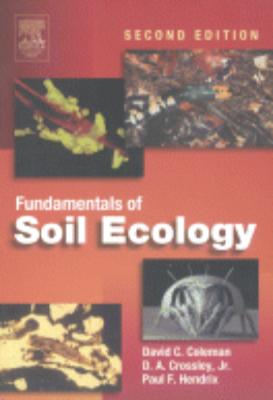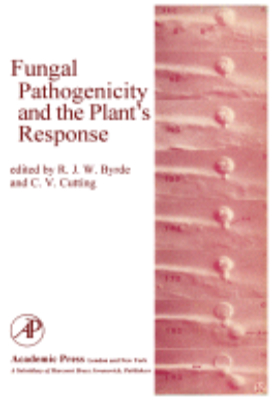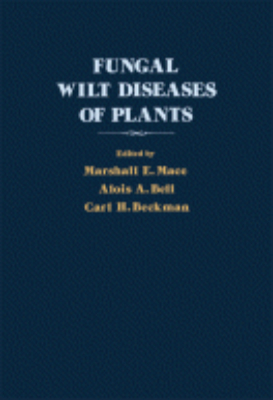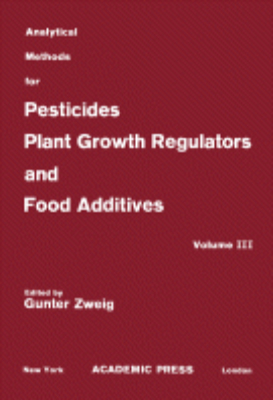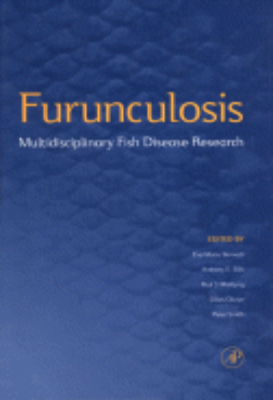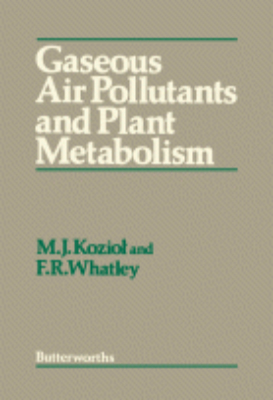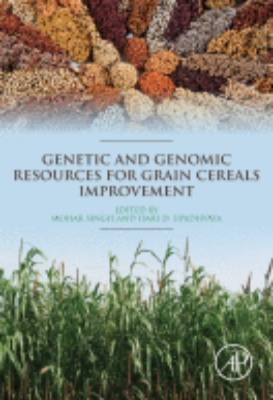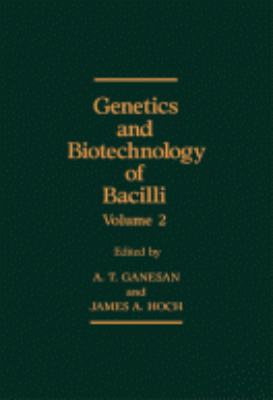ebooks
Fluid, Electrolyte, and Acid-Base Disorders in Small Animal Practice: Third Edition 2006
"This comprehensive resource brings together cutting edge information about fluid, electrolyte, and acid-base physiology and fluid therapy as they apply to small animal practice. It also offers complete coverage of relevant physiology and pathophysiology, as well as important information for interpreting and analyzing biochemical test results. Key Features. Provides the most up-to-date information for understanding and managing a wide range of metabolic disorders.. Offers extensive coverage of patient evaluation, possible causes, normal and abnormal clinical and laboratory features, approaches to therapy, technical aspects of therapy, patient monitoring, assessing risk, and prediction of outcomes for each disorder.. Contributions from 25 experts in the field ensure the most current, authoritative coverage.. Comprehensive references offer opportunities for further research.. Helpful tables, algorithms, and illustrations highlight important concepts.. A section on Special Therapy, including blood transfusions and blood substitutes, critical nutrition, and dialysis.. 3 new chapters:. Strong Ion Difference Approach to Acid-Base Balance. Monitoring Fluid Therapy and Complication of Fluid Therapy. Enteral Nutrition"
Food Animal Practice
Written by leading food animal researchers, practitioners, and educators, this comprehensive guide provides quick access to the latest medical and surgical interventions for cattle, sheep, and goats. The concise, quick-reference format and logical body systems organization make it ideal for use in both the clinical setting and the field. Youll easily locate key information on preventing, treating, and managing disease in food animals, as well as expert insights on improving outcomes for individual animals and herd populations.
Food Plant Safety
"Food Plant Safety: UV Applications for Food and Non-Food Surfaces discusses the fundamental principles of ultraviolet (UV) light technology, and gives practical recommendations on UV processes and systems design for specific processing operations, as well as how microbial efficacy of UV light can improve the quality of existing product lines. Innovative research of ultraviolet light for food applications has been growing worldwide. With increased consumer demand for fresher, minimally processed but safe foods, comes the need for novel technologies to meet that demand. Ultraviolet technology has been taking its niche in food production as a non-chemical treatment to control and enhance safety of processing plants and storage facilities. This concise resource covers the fundamentals of this promising technology and its applications; it will benefit a broad audience of professionals in food engineering, processing, and product development, as well as graduate level students. Key Features. Focuses on plant processing operations in the food industry. Presents the benefits of UV light technology applications for air quality, and safety of non-food and food contact surfaces. Covers the cost benefits and energy and environmental advantages of using UV technologies"
Food Safety
"Food Safety: Emerging Issues, Technologies and Systems offers a systems approach to learning how to understand and address some of the major complex issues that have emerged in the food industry. The book is broad in coverage and provides a foundation for a practical understanding in food safety initiatives and safety rules, how to deal with whole-chain traceability issues, handling complex computer systems and data, foodborne pathogen detection, production and processing compliance issues, safety education, and more. Recent scientific industry developments are written by experts in the field and explained in a manner to improve awareness, education and communication of these issues. Key Features. Examines effective control measures and molecular techniques for understanding specific pathogens. Presents GFSI implementation concepts and issues to aid in implementation. Demonstrates how operation processes can achieve a specific level of microbial reduction in food. Offers tools for validating microbial data collected during processing to reduce or eliminate microorganisms in foods"
Food Science Reviews
Bridging the gap between journal articles and specialised books, Food Science Reviews provides expert coverage of key areas of food science. Drawing solely on contributions from leading scientists, the collated essays established themselves as a standard reference on the most interesting current work in the field. This topical first volume covers an area which is increasingly in the public and scientific eye. Expert contributions on all aspects of the microbiological and chemical safety of food provide a key review of food hygiene and safety.
Fowler’s Zoo and Wild Animal Medicine Current Therapy, Volume 7
With coverage of current issues and emerging trends,Fowler's Zoo and Wild Animal Medicine, Volume 7provides a comprehensive, all-new reference for the management of zoo and wildlife diseases. A Current Therapy format emphasizes the latest advances in the field, including nutrition, diagnosis, and treatment protocols. Cutting-edge coverage includes topics such as the "One Medicine" concept, laparoscopic surgery in elephants and rhinoceros, amphibian viral diseases, and advanced water quality evaluation for zoos. Editors R. Eric Miller and Murray E. Fowler promote a philosophy of animal conservation, bridging the gap between captive and free-ranging wild animal medicine with chapters contributed by more than 100 international experts.
Fowler’s Zoo and Wild Animal Medicine Volume 8
"Logically organized by taxonomic groups, this up-to-date text covers the diagnosis and treatment of all zoo animal species and free-ranging wildlife, including amphibians, reptiles, birds, mammals, and fish, unlikely to be seen by private practice veterinarians. Featuring full-color images, the consistent, user-friendly format supplies information on each animals biology, unique anatomy, special physiology, reproduction, restraint and handling, housing requirements, nutrition and feeding, surgery and anesthesia, diagnostics, therapeutics, and diseases. Global authorship includes multinational contributors who offer expert information on different species from around the world. ""This is a welcome update to an invaluable reference series; a must-have for any veterinary professional working largely in the zoo or wildlife field, and also recommended as a reference text for the library of any practice seeing unusual species on a regular basis, even if they already have an earlier volume.""Reviewed by: Charlotte Day on behalf of The Veterinary Record, Oct 14 Key Features. Global authorship includes internationally recognized authors who have contributed new chapters focusing on the latest research and clinical management of captive and free-ranging wild animals from around the world.. Zoological Information Management System chapter offers the latest update on this brand new system that contains a worldwide wealth of information.. General taxonomy-based format provides a comprehensive text for sharing information in zoo and wildlife medicine.. Concise tables provide quick reference to key points in the references.. NEW! All new authors have completely revised the content to provide fresh perspectives from leading experts in the field on the latest advances in zoo and wild animal medicine.. NEW! Color images vividly depict external clinical signs for more accurate recognition and diagnosis."
Freshwater Fish Distribution
This book clearly identifies nearly 170 families of fishes through the use of high-quality illustrations and includes an accurate account of selected members of that particular fish family, as well as a distribution map and accompanying commentary on classification, distribution, and diversity. Key Features Key Features* High-quality illustrations of representatives from each family* Distribution map provided for each family* Commentary for each family
From Plant Genomics to Plant Biotechnology
With the appearance of methods for the sequencing of genomes and less expensive next generation sequencing methods, we face rapid advancements of the -omics technologies and plant biology studies: reverse and forward genetics, functional genomics, transcriptomics, proteomics, metabolomics, the movement at distance of effectors and structural biology. From plant genomics to plant biotechnology reviews the recent advancements in the post-genomic era, discussing how different varieties respond to abiotic and biotic stresses, understanding the epigenetic control and epigenetic memory, the roles of non-coding RNAs, applicative uses of RNA silencing and RNA interference in plant physiology and in experimental transgenics and plants modified to specific aims. In the forthcoming years these advancements will support the production of plant varieties better suited to resist biotic and abiotic stresses, for food and non-food applications. This book covers these issues, showing how such technologies are influencing the plant field in sectors such as the selection of plant varieties and plant breeding, selection of optimum agronomic traits, stress-resistant varieties, improvement of plant fitness, improving crop yield, and non-food applications in the knowledge based bio-economy. Key Features Discusses a broad range of applications: the examples originate from a variety of sectors (including in field studies, breeding, RNA regulation, pharmaceuticals and biotech) and a variety of scientific areas (such as bioinformatics, -omics sciences, epigenetics, and the agro-industry) Provides a unique perspective on work normally performed 'behind closed doors'. As such, it presents an opportunity for those within the field to learn from each other, and for those on the 'outside' to see how different groups have approached key problems Highlights the criteria used to compare and assess different approaches to solving problems. Shows the thinking process, practical limitations and any other considerations, aiding in the understanding of a deeper approach
Functional Dairy Products
Dairy products constitute one of the most important types of functional food. Edited by two of the leading authorities in the field, and with a distinguished international team of contributors, this major collection reviews the health benefits of functional dairy products, their ingredients and key product development issues. After an introductory survey of the various types of functional dairy product, part one discusses current research on the health benefits of functional dairy products, with chapters on cancer, coronary heart disease, osteoporosis, food allergy, immune function and gastrointestinal health. Part two reviews key dairy ingredients, their functional benefits and uses, covering caseinophosphopeptides, oligosaccharides, lactic acid bacteria and conjugated linoleic acid. Part three covers product development issues ranging from enhancing the functionality of prebiotics and probiotics to safety evaluation, consumer, market and research trends in this important sector. Functional dairy productsis a standard work for food manufacturers developing new dairy products and for all those researching functional foods.
Functional Dairy Products: Volume 2
Dairy products have a prominent position in the development of functional foods. As understanding of the health benefits of dairy products increases and consumer awareness of these health benefits grows, demand for new and improved functional dairy products is likely to rise. Functional dairy products: Volume 2 reviews the latest developments in the field and their industrial applications.Part one outlines the health benefits of functional dairy products and their applications in areas such as weight management, child health and gut health. The second part of the book discusses various ingredients used in functional dairy products such as pro- and prebiotics, hypoallergenic hydrolysates and plant sterols and stanols. The final part of the book considers aspects of product development such as biomarkers and experimental models to investigate health benefits, genomics of probiotic microorganisms and functional dairy product regulation and safety.With its distinguished editor and collection of international authors, Functional dairy products: Volume 2, together with its companion volume, provides professionals and researchers within the field with an invaluable reference.
Fundamentals of Bacterial Plant Pathology
"Intended as a text for plant bacteriology courses and as a reference for plant pathologists in agricultural extension services and experimental stations, Fundamentals of Bacterial Plant Pathology presents current information on bacterial morphology, taxonomy, genetics, and ecology. Diagnosis, disease management, and the molecular basis of host-pathogen interactions are examined. The book is well illustrated, includes both subject and taxonomic indexes, and provides suggestions for the further reading. Key Features. Provides an overview on phytopathogenic prokaryotes and plant prokaryote diseases. Contains detailed descriptions of topics of current interest including: Molecular Genetics of Pathogenesis. Modern taxonomy and ecological behaviors of phytopathogenic prokaryotes. Biological control of plant prokaryote diseases. Presents full descriptions of eighteen selected diseases of economic interest"
Fundamentals of Plant Virology
"Fundamentals of Plant Virology is an introductory student text covering all of modern plant virology. The author, Dr. R.E.F. Matthews, has written this coursebook based on his classic and comprehensive Plant Virology, Third Edition. Four introductory chapters review properties of viruses and cells and techniques used in their study. Five chapters are devoted to current knowledge of all major plant viruses and related pathogens. Seven chapters describe biological properties such as transmission, host response, disease, ecology, control, classification, and evolution of plant viruses. A historical and future overview concludes the text. Fundamentals of Plant Virology is a carefully designed instructional format for a plant virology course. It is also an invaluable resource for students of plant pathology and plant molecular biology. Key Features. Summarizes knowledge on all aspects of plant virology. Condenses all essential material from Plant Virology 3/e. Compares basic properties of cells and viruses. Outlines principles of gene manipulation technology. Discusses serological techniques including monoclonal antibodies. Geared to student level course"
Fundamentals of Soil Ecology
This fully revised and expanded edition of Fundamentals of Soil Ecology continues its holistic approach to soil biology and ecosystem function. Students and ecosystem researchers will gain a greater understanding of the central roles that soils play in ecosystem development and function. The authors emphasize the increasing importance of soils as the organizing center for all terrestrial ecosystems and provide an overview of theory and practice of soil ecology, both from an ecosystem and evolutionary biology point of view. This volume contains updated and greatly expanded coverage of all belowground biota (roots, microbes and fauna) and methods to identify and determine its distribution and abundance. New chapters are provided on soil biodiversity and its relationship to ecosystem processes, suggested laboratory and field methods to measure biota and their activities in ecosystems..
Fundamentals of Soil Physics
This book is not, in any case, in total defiance of the Wise Old Man's admonition, for it is not an entirely new book. Rather, it is an outgrowth of a previous treatise, written a decade ago, entitled "Soil and Water: Physical Principles and Processes." Though that book was well enough received at the time, the passage of the years has inevitably made it necessary to either revise and update the same book, or to supplant it with a fresh approach in the form of a new book which might incorporate still-pertient aspects of its predecessor without necessarily being limited to the older book's format or point of view.
Fungal Pathogenicity and the Plant’s Response
Fungal Pathogenicity and the Plants Response covers the proceedings of the Third Long Ashton Symposium held at Long Ashton Research Station University of Bristol on September 22-24, 1971. Topics for this biennial symposium are decided for their importance to Agriculture and Horticulture and for the timeliness of a critical review of developments in fungal pathogenicity and plants response. Composed of five sections, this book discusses the direct involvement of fungal proteins in fungal pathogenicity, the role of extracellular enzymes in fruit rotting, and the control of vertical distribution of apple scab disease. It then examines the role of ethylene in plant diseases, growth of obligate parasites, and the concepts of host-pathogen relations. It also focuses on plants induced and preformed resistance factors, including phaseollin, phytoalexin, and benzoic acid. The concluding section discusses the significant role of enzymes, particularly lysosomal enzymes, in fungal pathogenicity. With a strong focus on original data and speculative comment on host-parasite contact, this book will be helpful for research workers, teachers, and students who wish to broaden their knowledge in fungal pathogenicity.
Fungal Wilt Diseases of Plants
Fungal Wilt Diseases of Plants focuses on wilt diseases caused by the fungal genera Verticillium, Fusarium, and Ceratocystis. Special attention is given to the interactions of physiological, biochemical, and anatomical factors, as these relate to pathogenesis and mechanisms of disease resistance. Organized into 16 chapters, this book begins with a description, in a historical perspective, of the major research themes in fungal wilt diseases. It then looks into the worldwide status of this plant disease. The three subsequent chapters describe the epidemiology and life cycle of the major fungal wilt pathogens in Fusarium, Verticillium, and Ceratocystis. This book also provides an in-depth view of the genetics and biochemistry of these pathogens; the nature of pathogenesis and the effects of wilt pathogens on host-water relations; and the sources and genetics of host resistance in field and fruit crops, vegetable crops, and shade trees. Other chapters are dedicated to the biochemistry, physiology, and the anatomical aspects of resistance and to the progress in the biological and chemical control of these pathogens. This text will be of great value to graduate students and senior research scientists in plant pathology, physiology, and biochemistry, who are specifically involved in studying wilt diseases and host-parasite interactions. It will provide them the detailed background information needed to supplement their specialized research interests.
Fungicides Nematocides and Soil Fumigants Rodenticides and Food and Feed Additives
Analytical Methods for Pesticides, Plant Growth Regulators, and Food Additives, Volume III:Fungicides, Nematocides, and Soil Fumigants, Rodenticides, and Food and Feed Additives contains detailed analytical procedures for 14 widely used fungicides, five nematocides and soil fumigants, two rodenticides, and four food and feed additives. Each chapter of this 24-chapter volume discusses the history, biological and chemical properties, and physical constants of the different classes of compounds. The chapter presents first the general information, followed by intensive discussion of the methods of occurrence and residue analysis. Methods of analysis covered in each chapter include chemical methods, gas-liquid chromatography, colorimetry, and enzymatic techniques. Agriculturists, analytical chemists, and toxicologists will find this book rewarding.
Furunculosis
Furunculosis: Multidisciplinary Fish Disease Research presents a fascinating insight into the opinions and the controversies which have led to current knowledge of this disease. It is the first book to cover one single fish disease by presenting not just the reviews, but also critical examination of the progress made by various disciplines. The multidisciplinary approach of the book makes it a valuable guide for veterinarians, fisheries biologists, and fish farm managers, as well as an excellent instructional text for students. The volume explores current research strategies and projects what developments can be expected in each field.
Gaseous Air Pollutants and Plant Metabolism
Gaseous Air Pollutants and Plant Metabolism mainly talks about plants and air pollution. The publication of this book is inspired by a symposium on plants and pollution, which generated great interest among the personnel related to the field. The book begins with a brief background on air pollution and continues with a discussion on different types, effects, and solutions to the pollution. The book also features studies about the gaseous air pollution in North America, China, and Japan. The chapters that follow explore the different effects of pollution on chloroplasts, respiration, biochemistry, plant, and plant cells. The text is a valuable reference to undergraduates or postgraduates of chemistry and its related studies.
Genetic and Genomic Resources for Grain Cereals Improvement
"Genetic and Genomic Resources For Cereals Improvement is the first book to bring together the latest available genetic resources and genomics to facilitate the identification of specific germplasm, trait mapping, and allele mining that are needed to more effectively develop biotic and abiotic-stress-resistant grains. As grain cereals, including rice, wheat, maize, barley, sorghum, and millets constitute the bulk of global diets, both of vegetarian and non-vegetarian, there is a greater need for further genetic improvement, breeding, and plant genetic resources to secure the future food supply. This book is an invaluable resource for researchers, crop biologists, and students working with crop development and the changes in environmental climate that have had significant impact on crop production. It includes the latest information on tactics that ensure that environmentally robust genes and crops resilient to climate change are identified and preserved. Key Features. Provides a single-volume resource on the global research work on grain cereals genetics and genomics. Presents information for effectively managing and utilizing the genetic resources of this core food supply source. Includes coverage of rice, wheat, maize, barley, sorghum, and pearl, finger and foxtail millets"
Genetic Engineering of Crop Plants
Genetic Engineering of Crop Plants is a proceeding of The 49th Nottingham Easter School in Agricultural Science, which was held at Sutton Bonington on April 17-21, 1989. This symposium discussed progress in the generation of crop species resistant to herbicides, viruses, and insects. The book discusses topics such as the genetic manipulation in plants; genetic engineering of crops for insect and herbicide resistance; the expression of heat shock gene in transgenic plants; and tuber-specific gene expression. The book also covers topics such as regulation of gene expression in transgenic tomato plants; the molecular biology of pea seed development; and the regulatory elements of maize storage protein genes. The text is recommended for experts in the field of botany, agriculture, and genetics who would like to know more about the improvement of crop plants through genetics.
Genetically Modified Plants
"A transgenic organism is a plant, animal, bacterium, or other living organism that has had a foreign gene added to it by means of genetic engineering. Transgenic plants can arise by natural movement of genes between species, by cross-pollination based hybridization between different plant species (which is a common event in flowering plant evolution), or by laboratory manipulations by artificial insertion of genes from another species. Methods used in traditional breeding that generate transgenic plants by non-recombinant methods are widely familiar to professional plant scientists, and serve important roles in securing a sustainable future for agriculture by protecting crops from pest and helping land and water to be used more efficiently. There is worldwide interest in the biosafety issues related to transgenic crops because of issues such as increased pesticide use, increased crop and weed resistance to pesticides, gene flow to related plant species, negative effects on nontarget organisms, and reduced crop and ecosystem diversity. This book is intended to provide the basic information for a wide range of people involved in the release of transgenic crops. These will include scientists and researchers in the initial stage of developing transgenic products, industrialists, and decision makers. It will be of particular interest to plant scientists taking up biotechnological approaches to agricultural improvement for developing nations. Key Features. Discusses traditional and future technology for genetic modification. Compares conventional non-GM approaches and genetic modification. Presents a risk assessment methodology for GM techniques. Details mitigation techniques for human and environmental effects"
Genetics and Biochemistry of Antibiotic Production
* Emphasizes the molecular genetics of antibiotic production * Provides the latest information on the organization of genes encoding the biosynthetic pathway * Explores the mechanisms governing their expression and regulation * Examines the role of resistance genes in protecting organisms from their own lethal productsGenetics and Biochemistry of Antibiotic Production brings together the most up-to-date information on the genetic and biochemical mechanisms involved in antibiotic production. A collection of internationally recognized authors provide the latest information on the organization, function and regulation of genes responsible for antibiotic synthesis in a range of bacteria. This unique book groups antibiotics according to their biosynthetic affiliation, providing a background into evolutionaryrelationships while raising intriguing questions about the raison d'etre of antibiotics in nature.
Genetics and Biotechnology of Bacilli: Volume 1
Genetics and Biotechnology of Bacilli contains the proceedings of the Second International Conference on Genetics and Biotechnology of Bacilli, held at Stanford University in Stanford, California, on July 6-8, 1983. Contributors discuss the progress that has been made concerning the genetics and biotechnology of Bacillus and focus on topics built around the themes of chromosomal organization, secretion, transcription, gene cloning, gene expression, and synthesis of sporulation-associated products. This text is organized into 33 chapters and begins with an overview of bacteriophage lambda biology, with emphasis on lambda insertion, controlled DNA rearrangements, operator-promoter function, and the evolution of extrachromosomal elements. The reader is then introduced to genetic mapping of cloned ribosomal RNA genes, gene amplification in Bacillus subtilis, beta-lactamases of Bacilli, and the role of a Bacillus secretion vector in the secretion of foreign gene products. This book also gives an account of various facets of Bacillus biology, especially in the identification of promoters, cloning of foreign genes, and selection of expressed gene products. This reference material is a valuable resource for geneticists, microbiologists, and biotechnologists, as well as students and researchers in the fields of molecular biology and biochemistry.
Genetics and Biotechnology of Bacilli: Volume 2
Genetics and Biotechnology of Bacilli, Volume 2 is a collection of papers from the "Fourth International Conference on Bacilli" held in California on June 21-24, 1987. One paper reviews the results of cloning and characterization of genes for secreted enzyme and of genes that control the expression of secreted enzymes in relation with other prokaryotic regulatory systems. Other papers tackle the regulation of gene expression during sporulation, the sigma factors, bacterial toxins, and antibiotic resistance genes. One paper reports that three genes responsible for the code for peptides found in BT cuboidal crystals have been successfully cloned. The three codes have different toxic characteristics in relation to tobacco hornworm larvae or mosquito larvae. Other papers examine replication. Such examination pertains to the two levels of control on the chromosome involved in DNA replication, or to the possible functional importance that several membranes associated DNA subcomplexes can have in Bacillus subtilis, where one of these appear to control initiation. Other papers discus secretion and extracellular enzymes, as well as, the different genetic systems and methods. This collection can prove beneficial for biochemists, micro-biologists, cellular researchers, and academicians involved in the study of cellular biology, microchemistry, or toxicology.

